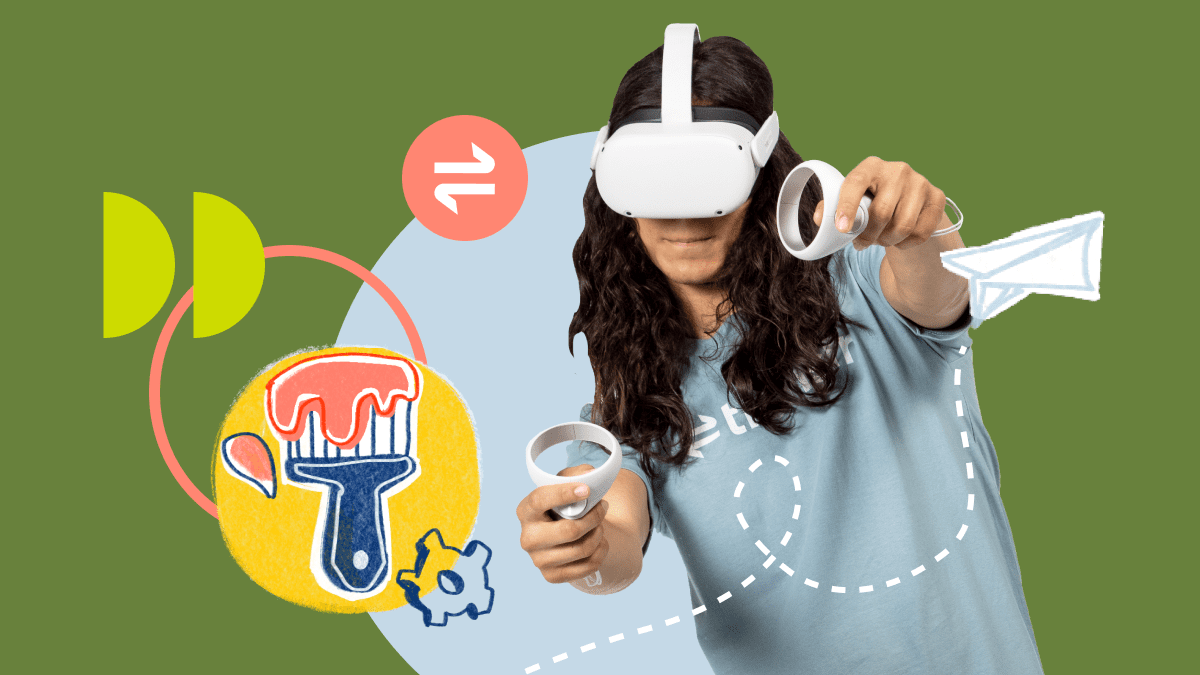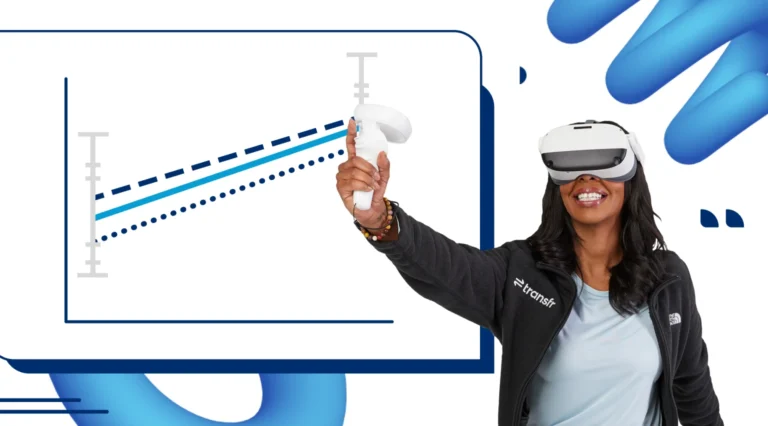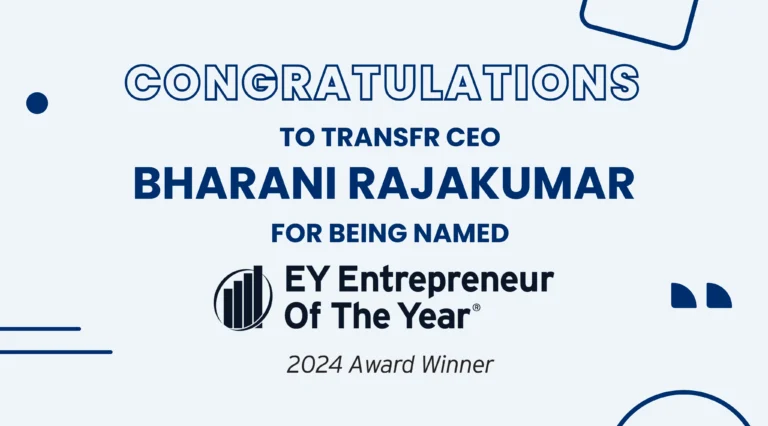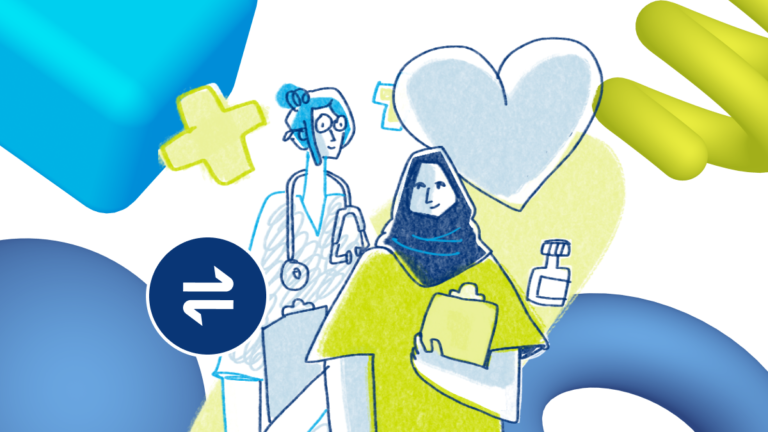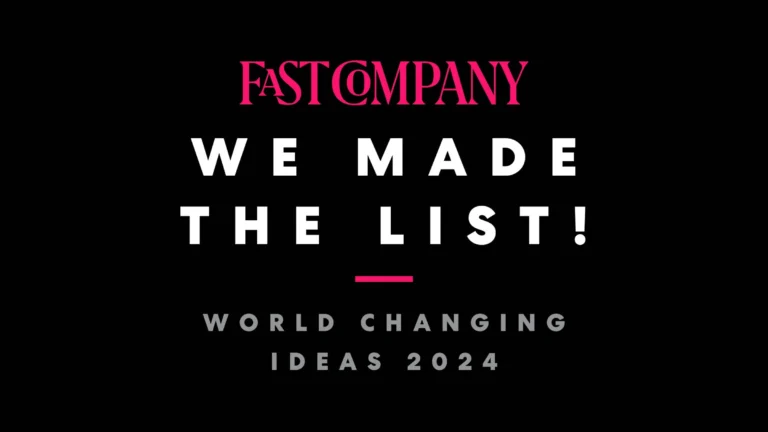Schools and workforce development boards use a range of career exploration activities to help students and job seekers learn about career pathways. Community organizations like Goodwill, the United Way, and the Boys & Girls Club also include these types of activities in their programming. While career education can take many forms, virtual reality (VR) is putting a modern spin on how students and job seekers learn about the opportunities available to them.
VR career exploration enhances (but doesn’t replace) traditional efforts like job shadowing, industry partner facility tours, and guest speakers. Students can use VR to experience careers first hand, allowing them to better understand job skill expectancies and what working in certain environments feels like. Vitally, they get to do all this in a safe, immersive, and engaging way.
While VR is not a replacement for in-person or on-site events, it does offer students a realistic vantage point to look into a broader variety of occupations in a shorter amount of time. This saves the partner organization considerable time and cost in planning events such as an onsite tour of a facility. With VR, the student can explore more than 20 occupations in the time it would take to do one field trip.
VR career exploration expands on traditional options
Students can’t be what they don’t see and there are an abundance of career options outside of their social and family circles that they might not even be aware of. Finding ways to make career exploration resonate with the next generation can be a challenge but VR can help create experiences that are immersive, fun, and engaging. With certain career environments being unsafe to operate in without proper knowledge, virtual reality allows students to safely explore environments and use equipment they previously did not have access to.
“The Transfr VR system allows you to work with sometimes dangerous equipment in a safe setting,” says Tom Mudano, CEO of AmSkills USA. “We don’t have to bring in a thousand-dollar piece of equipment or risk people damaging a million-dollar piece of equipment because they can do it virtually.”
Seeing career environments, learning safety precautions, and using on-the-job equipment allows individuals to understand more completely career expectations. With this level of engagement, students and job seekers have tangible experiences to attach to as they make important decisions for their future.
Supplement job shadowing with VR career exploration
While students may find guest speakers engaging, it’s becoming more difficult to get students out into real-world workplaces as a natural next step. By bringing careers directly to students in a risk-free environment, virtual reality can help remedy some insurance liabilities. The flexibility of virtual reality also means that students can switch from being an electrician, an automotive technician, a nurse, and a hoist/crane operator in a matter of minutes.
“I first heard about Transfr at a conference and started doing my research,” says Brian Davis, Director of Career Readiness at Union County Public Schools. “Specifically, we were looking for portability — we wanted to bring the headsets to multiple different school locations, plus use them for special events like summer camps. Transfr was perfect for that.”
Reaching rural students and job seekers comes with additional challenges — transportation being one major hurdle. With the portability of VR, educators have an abundance of careers at their fingertips to take to job fairs, parent/teacher nights, and other community events. The ability to reach urban and rural communities means more students have access to career pathways they may not otherwise have considered.
VR career exploration augments instructor efforts
Not all students are aware of the vast range of career choices that offer life-sustaining wages without the debt of a four-year college degree. VR can lead to more conversation pathways between students and mentors, counselors, or parents about careers they may not have considered — as well as careers they’ve considered and decided not to pursue! This can help ensure that more options are considered before committing to a multi-year or life-long decision.
A case study done over four weeks with West AlabamaWorks saw 1,100 students explore new career paths, which led to an 18% increase in CTE enrollment. Informed students make better decisions and there are few decisions more important in a student’s life at that time than what they’re going to do post-graduation.
“This program is creating five-star recruits: Teachers are empowered and engaged, students are better qualified and ready for success on day one,” says Donny Jones, COO of West AlabamaWorks. “Students with a higher academic achievement rate are being attracted to industry — creating leaders of the future — and more kids are staying in the community because of local, well-paying jobs”.
For some students, a four-year college pathway is the easiest decision they will make, but for others, VR helps students break out of the college-only paradigm by allowing them to see themselves performing at a high level in careers that aren’t top of mind.
Because VR is relevant, new, and cool, students naturally gravitate towards it. Meeting students where their interests are is a strategy that educators have been using for decades. Ironically, the message being delivered is the real star as students walk away from VR experiences raving about how cool a potential job interest is instead of how cool virtual reality is.
Open doors for students and job seekers with VR career exploration
Virtual reality offers a wide array of engaging experiences to help students answer one of life’s greatest questions: What to do with one’s life. Putting more career options onto a student’s radar means they’re more able to make an informed decision and increase the likelihood of success post-graduation.
Figuring out one’s career used to require traveling to different locations for students, among other more time-consuming efforts. Meanwhile, VR career exploration brings experiences directly to students while lowering safety risks and increasing engagement. Now students can go beyond just hearing about career opportunities; they can understand at a deeper level what a career actually is.
“VR career exploration with Transfr gives students a chance to really test out new jobs and do something hands-on,” says Elizabeth Higginbotham, Career Development Coordinator at Union County Public Schools. “The experience can encourage kids to take their interest a step further. It creates excitement in learning.”
